Sprains, strains and tears. These are common injuries among athletes, but what do they mean and what are the differences?
The following explains the difference between these injuries, treatments and preventions.
Sprain
A sprain is an injury to the ligaments around a joint such as your ankle or wrist. When a ligament is forced into an irregular position it gets overstretched or even results in a tear.
Ligaments are different from muscles in that they are strong, flexible fibers that hold bones together.
Common symptoms of a sprain are swelling, bruising and pain.
Sprains can be treated with rest and rehabilitation treatment from a Physiotherapist, Chiropractor or Athletic Therapist. Recovery time can vary depending on the severity of the sprain. A mild overstretched ligament might take only a week to heal, while a torn ligament could take several months to heal.
Strain
A strain occurs when a muscle is overstretched and results in some tearing. It is similar to a strain, except that it is a muscle instead of a ligament.
A strain can be a result of a chronic overuse injury or an acute injury from a single event. A strain is a painful injury. It can be caused by an accident, overusing a muscle, or using a muscle in the wrong way.
Common symptoms of a sprain are swelling, bruising and pain.
Strain treated with rest and rehabilitation treatment from a Physiotherapist, Chiropractor or Athletic Therapist. Recovery time can vary depending on the severity but most mild strains will heal in a few weeks.
Tear
A tear is the ripping of soft tissue that can occur in a ligament, tendon or muscle. A tear is considered more serious than a sprain or a strain and can be quite painful.
Common symptoms of tendon and ligament tears are severe pain, bruising and swelling. A tear can take months to heal. Although they can be treated with active rehabilitation, some tears may require surgery as well.
Prevention
Many sprains, strains and tears can be prevented. Here are a few ways you can prevent unwanted injuries:
Proper warm up before activity or workout
Maintaining mobility through joints and ligaments
Strengthening exercises to keep muscles and joints strong


